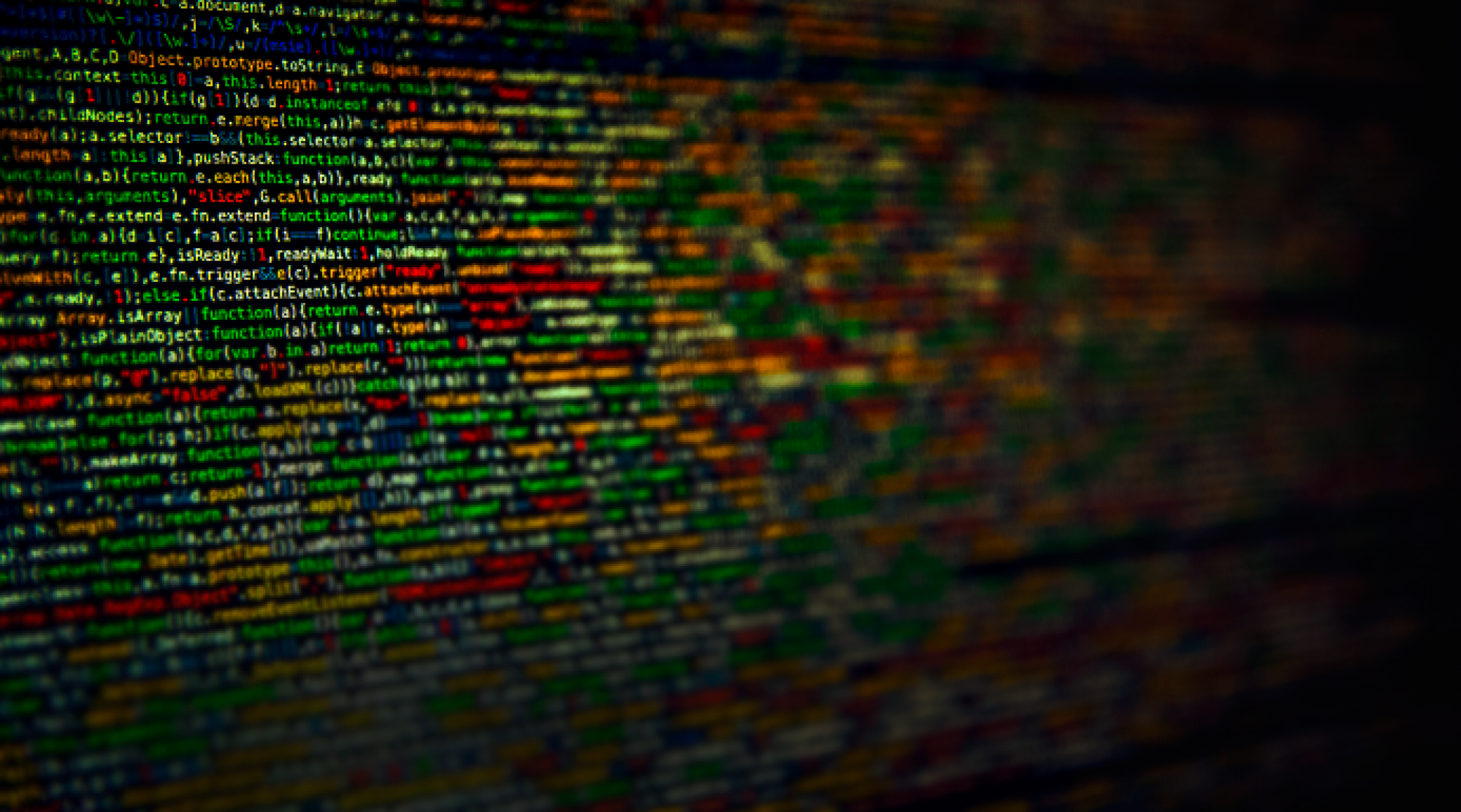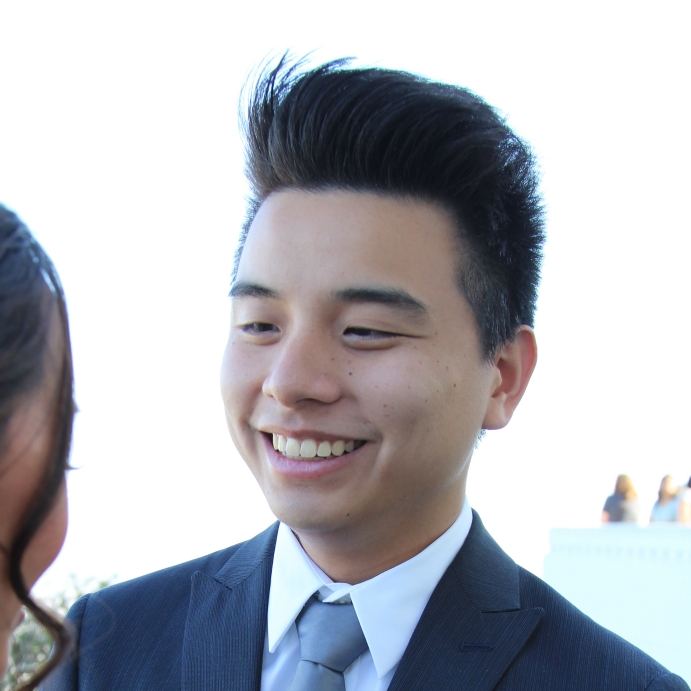
Byron Briones
The Culture of the Online Political
Mentor: Ninez Ponce
Year: Junior
Major: Political Science, Education Studies Minor
As of now, there is no correctly informed understanding of the political culture of the modern internet, especially within the Generation Z and late millennial generation, and its ideas, memetic ways of spreading, hidden means of subtle communication, and dominant communities. This project will use ethnological and empirical methods to provide this understanding for the internet savvy of the left and right wing with a special emphasis on the right. This project is unique in that it will be analyzed by a person who is extremely familiar with the ideas and that it’s supplemented by three empirical studies. The first will identify the Reddit communities most used by both ideologies. The second will find if meme involvement and understanding is strongest by the right or left. The third will analyze interpretations of memes and correlate them with frequency of internet usage and the online communities they most use for political networking. With this, internet hosts and law enforcement can prevent domestic terrorism through deplatforming and identification of hidden memes and ideas.
Results: Byron Briones’ Quad Chart
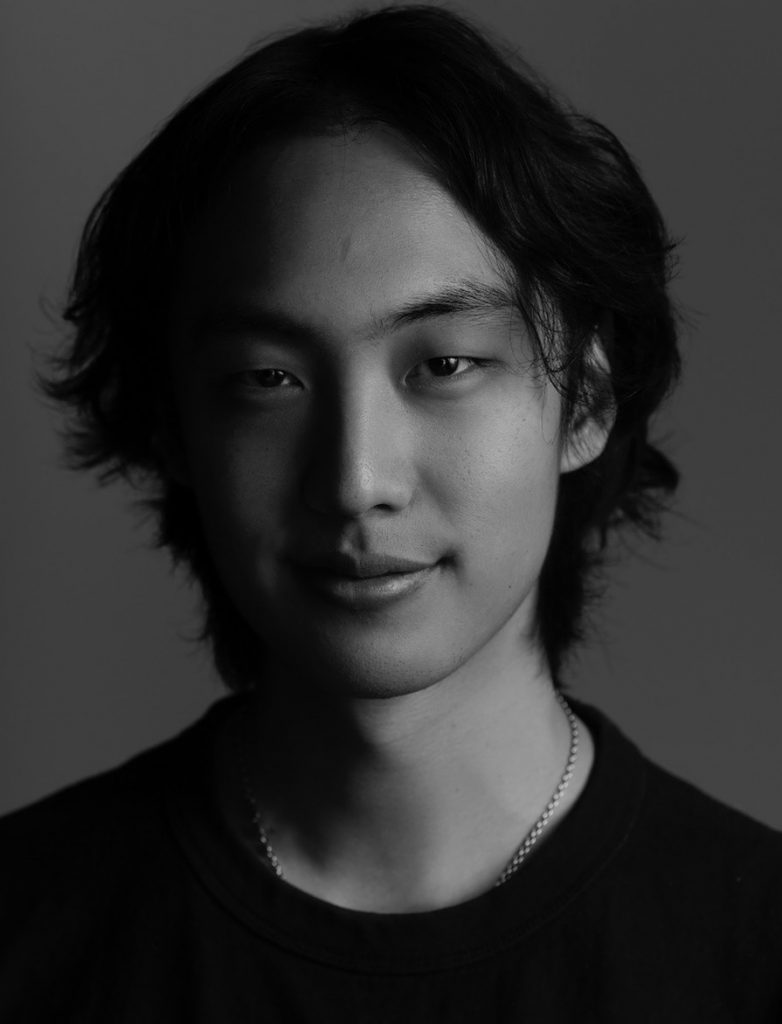
Daniel Seung Lee
Information Canvas : Making University Research Accessible Through Generative Art
Mentor: Jayathi Murthy
Year: Junior
Major: Design & Media Arts
I am proposing a public art project which I will use the television monitors installed on
campus to showcase generated infographic artwork based on student research data.
Undergraduate students at UCLA produce an outstanding amount of thoughtful research, yet it is hard for some to communicate on the internet outside of monopolized publication journals or their personal social media. Also it is difficult for some students not well versed in computer graphics to create infographics for their work. At the same time, there is not enough opportunities for public to engage with university research outside of news media. My project’s goal is to make a web-based tool that creates generative infographic artwork based on research paper or projects students submit. I aim to filter and organize the submitted information through machine learning algorithm and generate corresponding information based visuals with set parameters. The project is unique as it uses televisions as framed canvas to give people more access to art and undergraduate research. Moreover it can empower students to create infographic visuals they can use with the project’s website. It will
also be open sourced, so the outcome of my research can benefit anyone interested in using similar approach.
Results: Daniel Seung Lee’s Quad Chart

Natasha Lum
Putting the Globe on the Blockchain
Mentor: Leonard Kleinrock
Year: Junior
Major: Global Studies, Digital Humanities
Coined the world’s next disruptive technology after the invention of the internet, blockchain has taken the world by storm since it was introduced in 2008 as the core technology behind the cryptocurrency, Bitcoin. While it is still in its infancy, its applications as a platform for decentralized governance are believed to be wide-ranging, going far beyond the realm of digital finance and extending to the wider fields of politics, business and society. Several developed countries have recognized the potential of blockchain and have launched nation-wide initiatives to promote the adoption of blockchain technology in both the private and public sector, and a few states in the US have also replicated such efforts on a state level. Despite such advances in the technology, there is still little scholarship in the field. My project seeks to find out if there is an imperative for world leaders like the US to set a global example by launching a national strategy for blockchain through the investigation of the potential benefits and challenges of promoting and regulating blockchain technology in the private and public sector. I eventually hope to theorize a possibility of global governance by putting the world on a blockchain through its implementation in the UN. While I am not seeking to be an advocate for a national or international strategy for blockchain, I do hope that this research will encourage further scholarship in the area and inspire greater innovations in blockchain technology.
Results: Natasha Lum‘s quad chart, Natasha Lum’s presentation
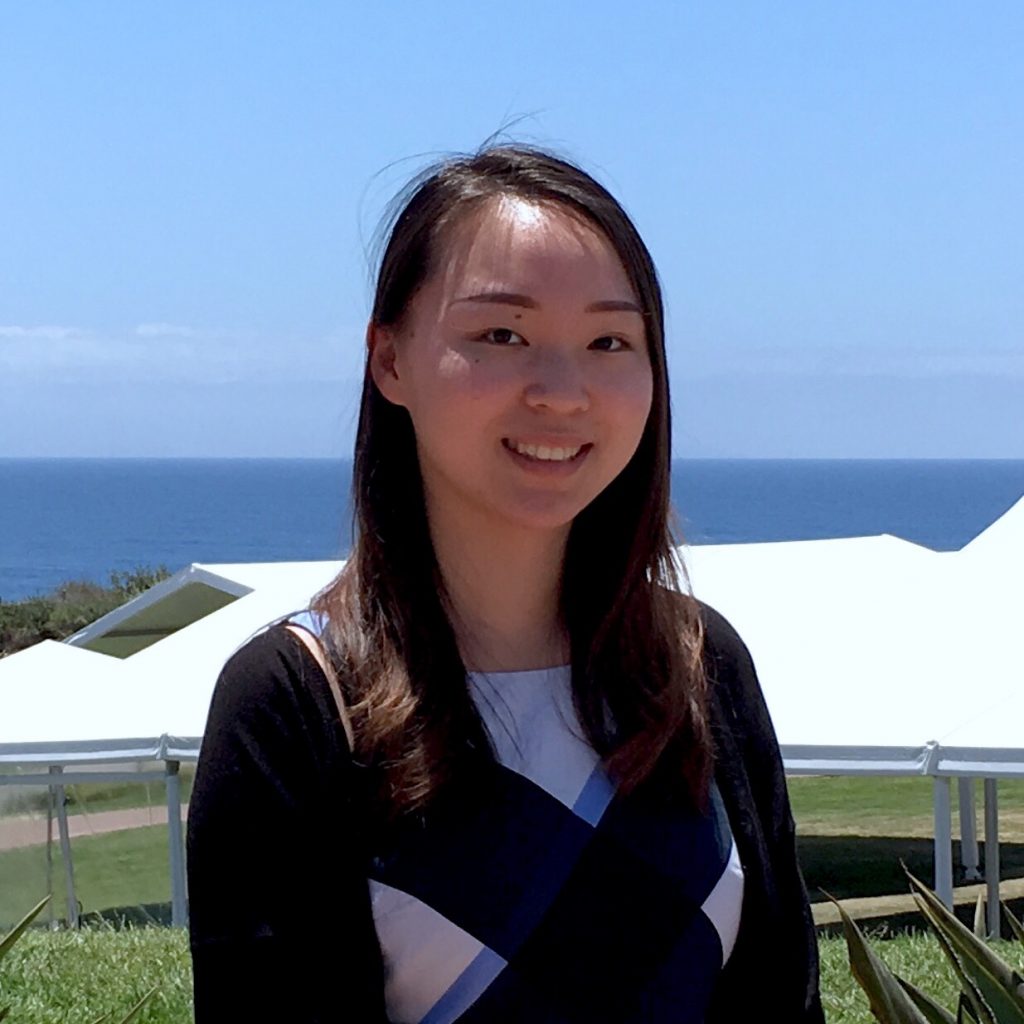
Ellen Mei
Labor Organization and Activism in the Tech Industry
Mentor: Miriam Posner
Year: Junior
Major: Linguistics of Computer Science
Issues of diversity, equality, and ethics in tech are structural across the industry and its products. To achieve a future of ethical and equitable Internet technology and labor relations, workers from marginalized groups should be given sustainable means to self-advocate, and more privileged workers should understand and invest resources into labor activism. This project investigates the contemporary challenges, methods, and gains of labor organization and activism in the high-tech and knowledge industries, focusing on companies who primarily build and therefore promote their agenda and values via company domains on the Internet (i.e. Google, Facebook, Amazon, etc.). Through investigating labor history and conducting interviews with tech workers, the intention is to create an online learning resource for students and tech workers to understand available means of self-advocacy across labor classes and diverse identities. This project can help those who seek to positively impact tech understand ways they can promote social justice, advocate for themselves, and find community. In a time when people increasingly feel the necessity of labor solidarity and empowerment, this project seeks to gather together historical overview, laborer realities, and contemporary organizational methods for enacting change, giving tech students accessible knowledge to help advance their own goals for self-advocacy.
Results: Ellen Mei’s Quad Chart

Ethan Mitchell
Using Connected Mobility and Disability Data for Economic Development Planning
Mentor: Lilian Coral
Year: Senior
Major: Electrical Engineering
With the recent rise of IOT devices came a rise of connected mobility devices. I am investigating the intrinsic inequalities for low-income and disabled residents that have arisen as cities began to rely on paid last-mile and other single-use transportation in their planning and economic developments. Using GeoHub DASH data and automatic traffic counters to map and track the impact of last mile transportation will allow the visualization dashboard to have both a real-time and in-depth effectiveness. Here I propose a webapp to mitigate the unintentional effects of technological bias and induced error in DASH data and bus statistics. This solution is unique because it uses data from connected mobility devices as well as the usual city data to create a full, real-time visualization of the negative impacts that connected mobility devices have on low-income and disabled residents. The visualization portal will reduce the impact that connected mobility devices have on low-income and disabled residents.
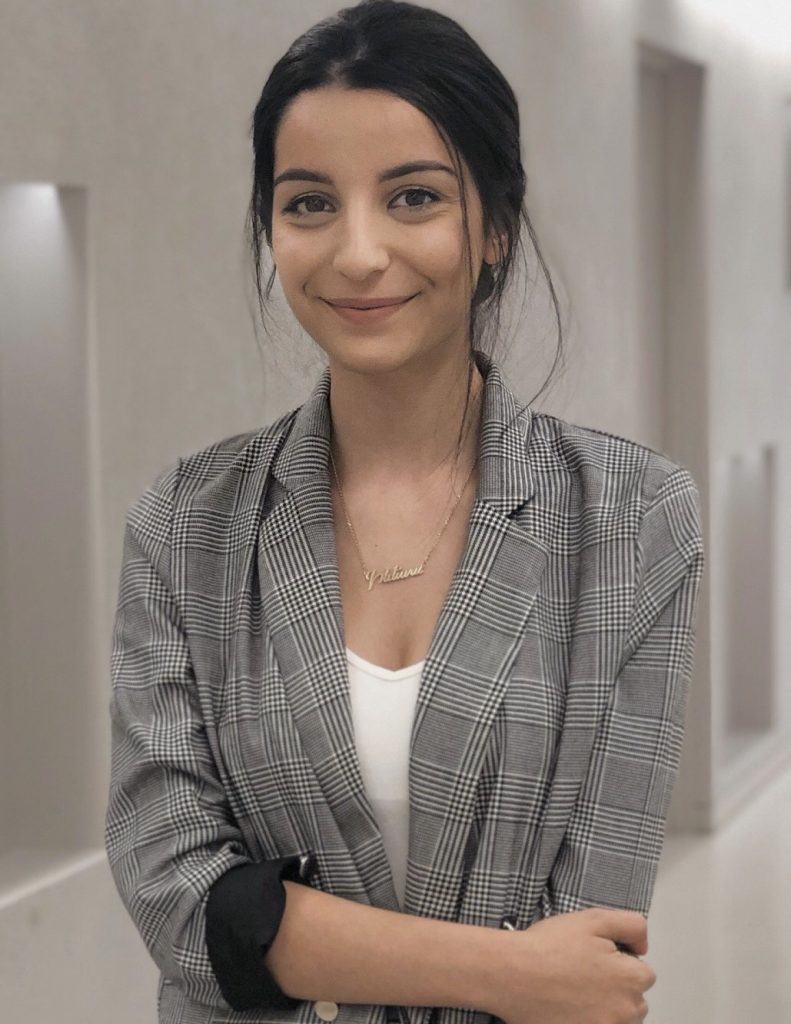
Inesa Navasardyan
Effectiveness of Informatics on Improving Patient Outcomes
Mentor: Peter Reiher
Year: Senior
Major: Biophysics
The problem I am investigating is the barriers that prevent health organizations from implementing informatics in the clinical setting. Integrated use of health IT has been shown to improve patient care, reduce medical errors, and curtail administrative expenses. This project is unique because although many individuals are aware of the benefits of using information technology in healthcare delivery systems, evidence-based research regarding these outcomes are limited. The goal of this project is to provide qualitative evidence regarding the outcomes of IT in health care delivery systems. The benefit of this project will be to overcome user resistance by identifying and overcoming barriers in utilizing informatics in health care.
Results: Inesa Navasardyan’s Quad Chart
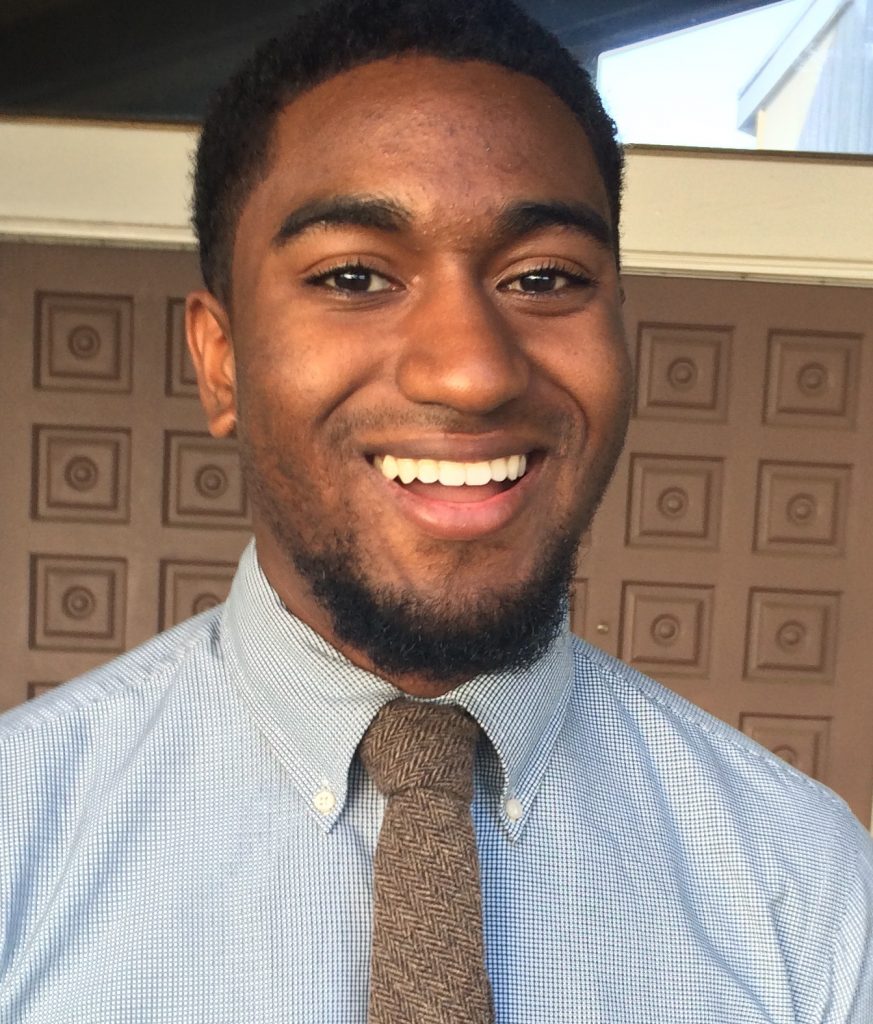
Michael-Sesen Perrilliat
Equal Footing: Art and Activism meets Equitable Technology
Mentor: Jeff Burke
Year: Junior
Major: Political Science, African American Studies
The use of social media, smartphones, and accompanying compatible apps, websites, and tools allow members of marginalized populations to have a platform previously unattainable. Social media has played a huge role in the recent evolution of the civil and human rights movement, as Black Lives Matter itself was founded from a tweet and many organizers utilize social media to effectively communicate with others and to plan for methods to achieve change. In this new era, anyone with access to a smartphone or the internet can impact their surrounding community. However, this still requires particular skill sets, knowledge, and nuance to harness. The lack of diversity in the tech field suggests this. However, community organizations like the HUB and initiatives like yes we code that target previously excluded populations suggest change. By addressing the use of social media and technology, this project will specifically address marginalized populations, and with my major in poli sci and minor in af am, as well as my personal experience with community organizing, I’ll be able to target groups unreached previously. This research will help develop a framework of understanding, provide artists and activists a voice, and provide others a guideline toward a platform that embraces equitable use. I also seek to find difficulties or hurdles associated with the use of social media and technology.
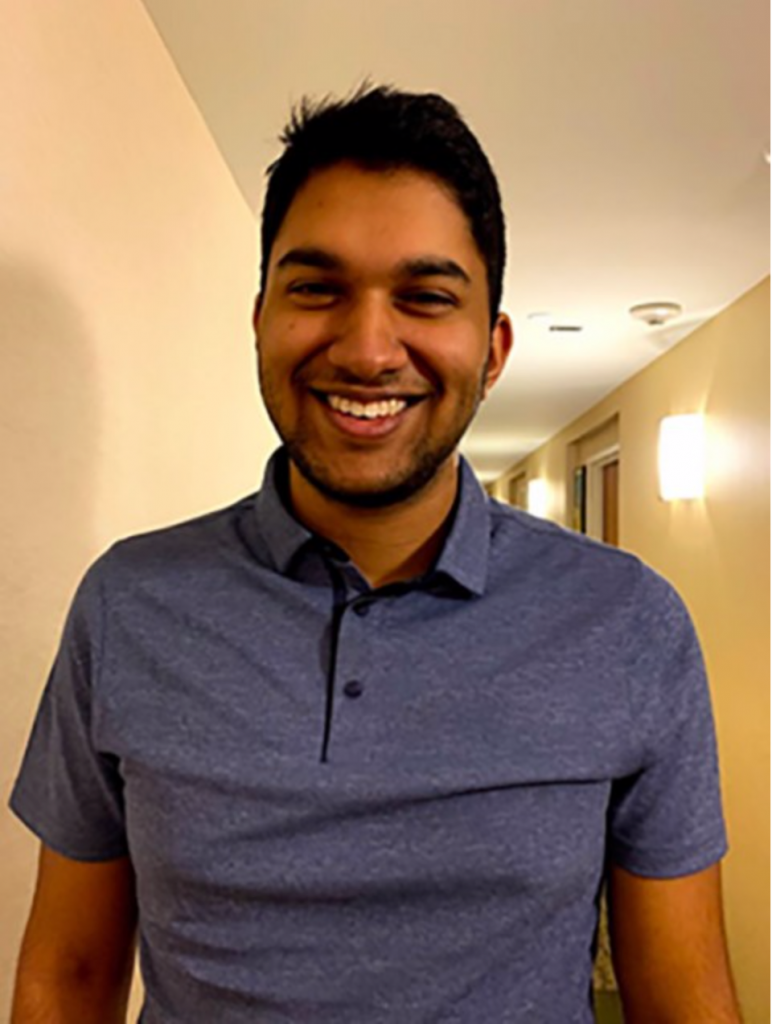
Sahen Rai
You Are Loved: Mental Health Tracking for Everyone
Mentor: Amit Sahai
Year: Freshman
Major: Computer Science
After losing a classmate to suicide last year, I realized that I wanted to dedicate my life toworking on things that help people struggling through depression and anxiety. I believe that the hardest thing about discussing mental health is not wanting to be a burden to people by telling them how you feel. This is why I created my app, You Are Loved. You Are Loved is a way for friends and families to keep track of how their loved ones are doing. Users enter a number every day on a scale of 1 to 10 based on how they feel; then, app takes an average of how their ratings and creates a graph tracking their numbers. This allows users to understand their data and identify days or time periods when they feel worse. Furthermore, whoever has added you on the app can tap your name to give you a call if you don’t seem to be doing great. You Are Loved also provides users with uplifting articles meant to make them feel better about the world, and sends them a reminder that they are loved every day.
Results: Sahen Rai’s Quad Chart

Rhiannon Wilson
Computer Room: Poetry Exploring Digital & Domestic Intimacy
Mentor: Sarah Roberts
Year: Senior
Major: English, Developmental Psychology
A “computer room” changes shape based on context. In the realm of technology, it is a storage vault of servers. In historical terms, it might be the break room for NASA secretaries. For many people of my generation, the computer room was a space designated for the desktop. As digital technology became more portable, that room disappeared alongside the boundary between private life and public connection: the computer room is now any pocket.
Results: Video of Rhiannon Wilson’s project

Charles Zaloom
EmbeddedML Application and Toolkit for Low-Power IoT and Wearables
Mentor: Venky Harinarayan
Year: Senior
Major: Electrical Engineering
Measuring muscle fatigue has historically been an imperfect science based on individual perceptions. Medical doctors, the military and athletes all work to maximize muscular optimization within the limitations of qualitative measurement. My project will provide a toolset that interprets electrical activity in muscle groups during physical activity providing measurable quantitative data. Data will be recorded and processed with a wearable electromyography sensor that will detect true muscle fatigue. Over the course of my research I will develop algorithms that solve complex signal processing problems using only a small, battery-powered device. Complex signal processing occurs in many IoT systems where a sensor remotely streams data to a server for processing. My solution will bring machine learning onto the sensor’s microcontroller and allow for low-power sensors to perform classification and initial processing locally before attempting to connect with a remote server. This project is very unique as there has been no push in industry to develop on-chip ML solutions. I believe that the applications of this toolset would allow for the development of IoT and wearable technology that can be used by the medical profession, military and athletes.
Results: Charles Zaloom’s Quad Chart
